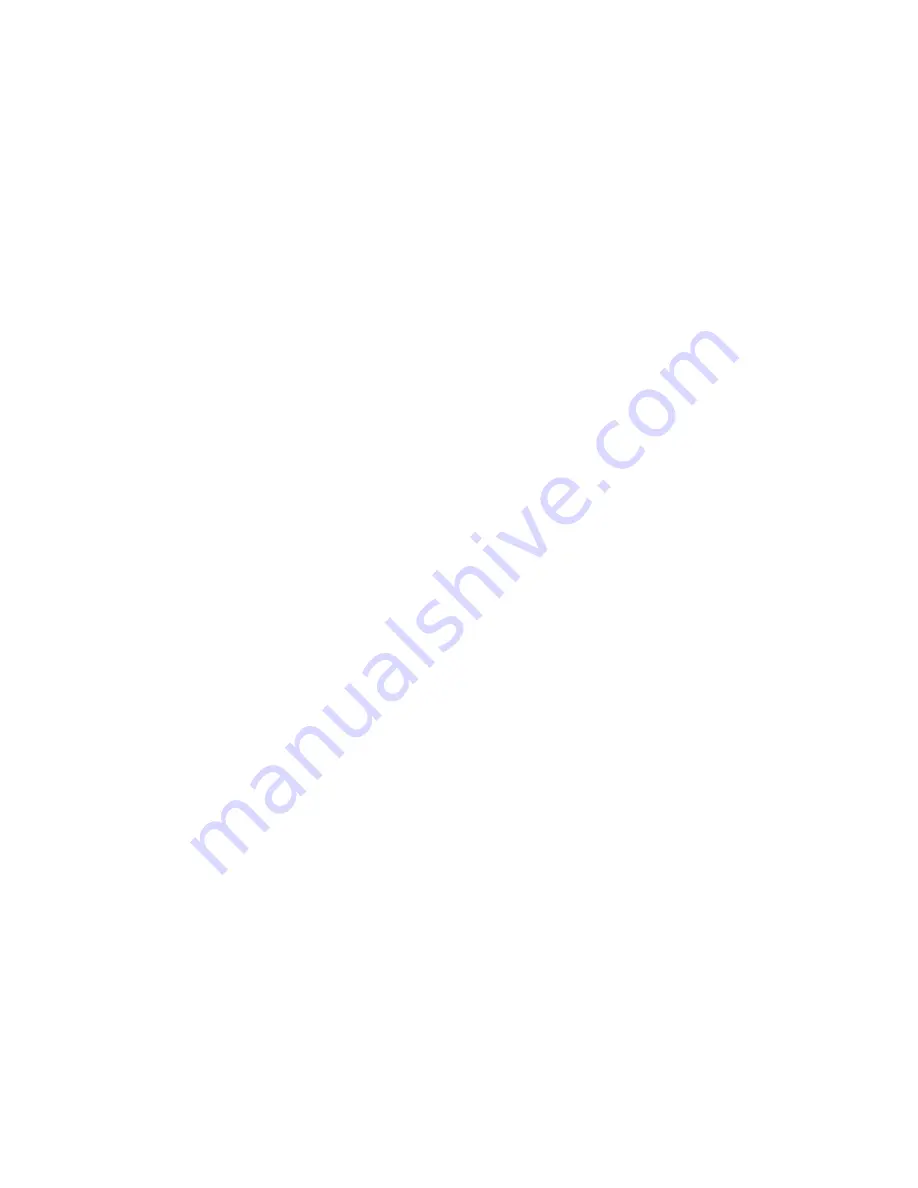
Managing interactive objects
187
Adjusting object size and position by pixel
You can specify the position of an individual object by adjusting the pixel value of the left and top
alignment, and the size by adjusting the pixel value of the height and width of the object.
When you select an object on a slide in Edit view, four text boxes appear in the toolbar above the
slide. The L, T, W, and H text boxes are for Left and Top alignment, and Width and Height size.
The lock symbol to the right of the text boxes is to constrain the proportions of the object When
constrain proportions is active, the lock appears closed; when constrain proportions is not selected
for the object, the lock appears open.
Note:
These options also appear on the Size and Position tab of each object’s properties dialog box,
which you can access by right-clicking on an object and selecting Properties.
Merging objects into a slide
Any object that you create and place on a slide such as an image, caption, click box, highlight box,
text entry box, or button can be merged into the slide. Merging permanently removes the
interactivity of the object, making it an image of the object.
The merging feature can be useful in several different situations. For example, if you import a
large image into a slide that contains other objects, you can merge the image into the slide so that
it can serve as a static background for the other objects. You can make text a permanent part of a
slide by creating a transparent text caption and then merging the caption.
To merge an object into a slide:
1.
Open an Adobe Captivate project.
2.
Double-click the slide that contains the object you want to merge.
3.
Right-click the object that you want to merge into the slide for example, an image, caption, or
click box.
4.
Select Merge into Background from the pop-up menu.
5.
A warning appears, stating that merging cannot be “undone” and asking you to confirm the
merge. Click Yes.
The object is merged into the slide.
Managing interactive objects
In the Advanced Interaction dialog box, you can view and edit all interactive objects in your
project. The Advanced Interaction dialog box opens in a separate window. When you’re done
reviewing and changing the interactive object properties, click Close.
Note:
The dialog box contains a lot of information; to make reviewing the project information easier,
you can print the dialog box by clicking Print at the bottom of the dialog box.
Summary of Contents for CAPTIVATE 2
Page 1: ...Using Adobe Captivate Adobe Captivate 2 ...
Page 8: ...8 Contents ...
Page 18: ...18 Chapter 1 Introduction and Installation ...
Page 30: ...30 Chapter 2 Exploring the Workspace ...
Page 70: ...70 Chapter 3 Creating Projects ...
Page 106: ...106 Chapter 5 Adding Audio and Video ...
Page 134: ...134 Chapter 7 Adding Boxes and Buttons ...






























